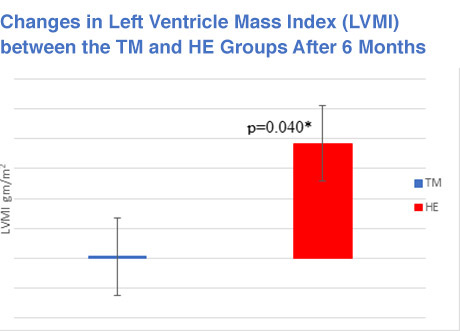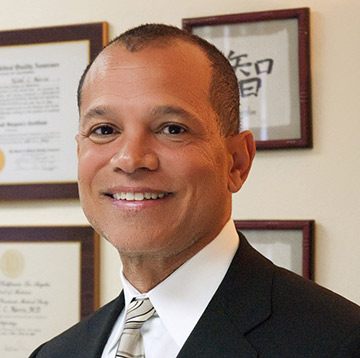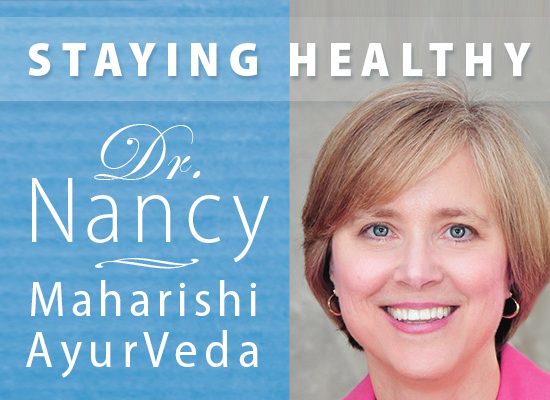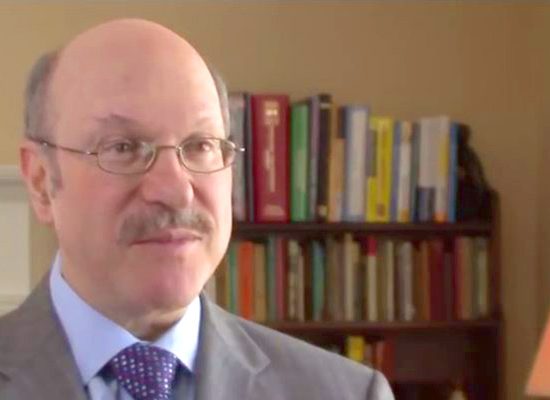A randomized controlled study, recently published in Ethnicity & Disease in their autumn 2019 Hypertension issue, found that the Transcendental Meditation® (TM®) technique helps to prevent abnormal enlargement of the heart, compared to health education (HE) controls.
Also known as left ventricular hypertrophy (LVH), abnormal heart enlargement can lead to chronic heart failure and death. It is especially prevalent among African Americans.
Risk Factor for Cardiovascular Disease
Despite advances in medical care, cardiovascular disease (CVD) is the leading cause of death in the United States. Abnormal enlargement of the heart is an important risk factor for CVD, doubling the risk of heart attacks, arrhythmias, stroke, heart failure, and death from CVD.
Heart disease death rates are significantly higher in African Americans, in part because the rate of abnormal enlargement of the heart (LVH) is double in African Americans compared to whites.
The disproportionately high rates are thought to be associated with the increased amount of psychosocial stress this ethnic group faces.
Heart disease death rates are significantly higher in African Americans, in part because the rate of abnormal enlargement of the heart (LVH) is double in African Americans compared to whites.
A recent scientific statement from the American Heart Association emphasized the potential for stress-reduction methods to prevent heart disease and premature mortality in African Americans.
TM Prevented Further Heart Enlargement
The trial included 85 African Americans with high blood pressure who were randomly assigned to learn and practice the Transcendental Meditation technique or to participate in a health education (HE) control group, in addition to their usual medical care.

After six months, the TM group maintained their baseline level of heart size while the health education (HE) control group showed nearly 10 percent progression of abnormal heart enlargement (LVMI)
The trial tested the effects of this stress-reducing practice in preventing left ventricular hypertrophy in this high-risk population. It found that stress reduction with TM practice prevented further heart enlargement in this group of hypertensive African American patients.
After six months, the control group showed nearly 10 percent progression of abnormal heart enlargement, while the TM group maintained their baseline level of heart size.
The findings of this study suggest that TM practice is an effective drug-free method for preventing heart enlargement in African American hypertensives, who are especially at high risk of developing associated cardiovascular disease.

Robert Schneider, M.D., F.A.C.C.
“This is a form of heart disease where non-drug treatments are relatively understudied,” said Robert Schneider, M.D., F.A.C.C., first author and professor of physiology and health at Maharishi International University (MIU, formerly Maharishi University of Management).
“Since the physiology of stress contributes to cardiac enlargement, we hypothesized that managing one’s mind-body connection, with Transcendental Meditation, might prevent the disease process,” he added.
The findings of this study suggest that TM practice is an effective drug-free method for preventing heart enlargement in African American hypertensives, who are especially at high risk of developing associated cardiovascular disease.
Use of Echocardiography to Detect Hypertrophy
Echocardiography is a noninvasive diagnostic test that uses ultrasound waves to create an image of the heart muscle. Ultrasound waves that rebound or echo off the heart can show the size, shape, and movement of the heart’s valves and chambers as well as the flow of blood through the heart. It can, therefore, be used to detect heart chamber or wall enlargement, known as hypertrophy.
Echocardiography tests were done at the start of the study for both the TM and HE groups. After six months, repeat testing with echocardiography found that the HE control group progressed in cardiac enlargement while the TM group had no further enlargement. There was a significant change in left ventricle mass index (LVMI) between the groups after the six-month intervention.
After six months, repeat testing with echocardiography found that the HE control group progressed in cardiac enlargement while the TM group had no further enlargement.
11 Percent Reduced Risk of Cardiovascular Mortality
Komal Marwaha, M.D., Ph.D., coauthor of the study and an associate professor in the Department of Physiology and Health at MIU, worked on this research as part of her doctoral thesis.

Komal Marwaha, M.D., Ph.D.
“By preventing left ventricle mass index progression in the present study, TM may reduce the likelihood of cardiovascular morbidity and mortality associated with LVH,” she said. “Patients randomized to practicing the TM technique in the current study had an estimated 11 percent reduced risk of cardiovascular mortality and an 8 percent reduced risk of all-cause mortality compared with the control group.”
Dr. Schneider, who is the dean of MIU’s College of Integrative Medicine, said these reductions are significant: “These results suggest that an effective technique for stress reduction may prevent the progression of left ventricular hypertrophy and thereby help to prevent premature heart disease and cardiac mortality.”

Keith Norris, M.D., Ph.D.
Keith Norris, M.D., Ph.D., Professor of Medicine at UCLA, and one of the study’s coauthors, added: “We hope these findings will lead to more investigations into non-drug interventions for the prevention and early intervention of heart disease, which are sorely needed, given the high cost of health care in our nation and the impact of health care cost on low-income and minority communities.”
The research was conducted in conjunction with Martin Luther King Hospital and Charles R. Drew University of Medicine and Science in Los Angeles, and was funded by a grant from the National Institutes of Health.
“These results suggest that an effective technique for stress reduction may prevent the progression of left ventricular hypertrophy and thereby help to prevent premature heart disease and cardiac mortality.” —Dr. Robert Schneider
Possible Study Limitations
Of the 85 original subjects, roughly half in each group were available for the final echocardiograph tests after the six-month study period.
However, attrition was not significantly different between the TM and HE groups, thus reducing potential subject bias in the final sample. Moreover, the subjects who completed the six-month study and those who did not were not significantly different demographically or physiologically at baseline. This prevented systematically biased treatment outcomes.
No record of compliance for at-home TM practice was collected, but the record of meeting attendance was significantly higher in the TM group (80.6%) as compared with the HE group (50.2%) (P=.001).
“We hope these findings will lead to more investigations into non-drug interventions for the prevention and early intervention of heart disease, which are sorely needed, given the high cost of health care in our nation and the impact of health care cost on low-income and minority communities.” —Dr. Keith Morris
Reference
Robert H. Schneider, Hector F. Myers, Komal Marwaha, Maxwell A. Rainforth, John W. Salerno, Sanford I. Nidich, Carolyn Gaylord-King, Charles N. Alexander, Keith C. Norris. “Stress Reduction in the Prevention of Left Ventricular Hypertrophy: A Randomized Controlled Trial of Transcendental Meditation and Health Education in Hypertensive African Americans.” Ethnicity & Disease, Original Reports: Cardiovascular Disease and Risk Factors, Vol. 29, No. 4 (2019): 577–586. doi:10.18865/ed.29.4.577






Wow! This gives me hope! I was diagnosed with cardiomyopathy (enlarged heart) a year ago. I started TM about a month ago, and I hope I will benefit from it.
Thanks for your comment, Usha. TM practice is great for one’s overall health and well-being, and yes, the research for TM and heart health is hopeful. So, keep up your TM practice twice a day and, as always, follow the advice of your doctor. For more info about TM and heart health you might like to read Total Heart Health, by Robert Schneider http://www.totalhearthealth.info/